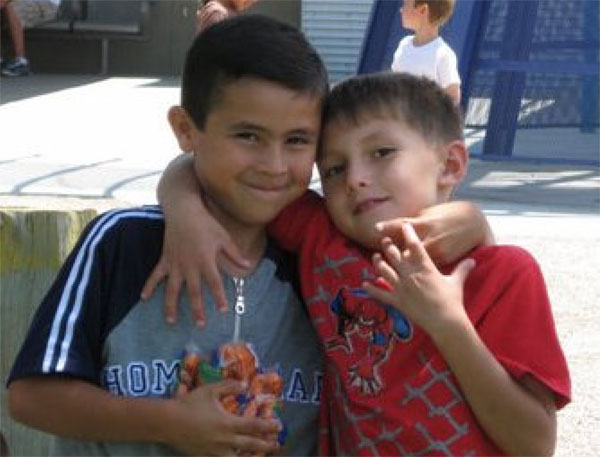- South Texas Students Meet Accordion Music Icons Los Tigres Del Norte In Edinburg Thanks To Khs America/Hohner Alianza Académica Initiative
- Fragile Planet Offers a Nighttime Wildlife Experience
- Falcons Soccer Off & Running
- Cameron County Receives Funds to Improve Two Parks
- Falcons Complete First Half of 32-6A
- School District to Help out Victims of California Wildfires
- Sand Castle Days Continued Despite Unexpected Weather
- Ready for District
- Discussion of Garbage Dumpster Rates, Agreements Between State & City on Highway Regulations, and More
- 31st Annual Shrimp Cook-Off is Right Around the Corner
Summer Meals Reaching Fewer Hungry Kids in Texas
- Updated: June 24, 2016
Austin – Average daily participation in summer food programs for hungry Texas children dropped 10% in 2015, according to a national report released today. 28,000 fewer children participated compared to the previous summer, while national participation remained stable.
This was the second consecutive summer in which fewer children got help from the program, despite little change to the number in need.
“We know from our food banks that demand for food spikes in the summer when school is out and kids aren’t eating school lunches. That’s why this drop in summer meals is so troubling,” said Celia Cole, CEO of Feeding Texas. “When children don’t have access to good nutrition in the summer they lose ground, and don’t go back to school ready to learn.”
The summer food programs rely on schools, government and nonprofit sponsors to administer the program by setting up meal sites in the community. The 2015 losses primarily reflect a decrease in the number of nonprofit program sponsors and sites able to administer the program in July and August when schools typically close their sites.
“This report underscores the importance of finding more effective and efficient ways of getting food to hungry kids when school lets out,” said Cole.
The report measured the success of federal summer meals programs by comparing the number of children receiving summer meals to the number who received subsidized lunches in the previous school year.
It found that just ten Texas children received meals for every 100 who received lunch during the school year. Due to its size and low participation, Texas was the state that would benefit most from meeting a national goal of feeding forty children for every 100 receiving school lunch. Meeting this modest goal would draw down an additional $56 million in federal nutrition aid annually.
Program funding and rules are currently under debate in Congress. Bills introduced in both the House and Senate would streamline program regulations and invest in a new distribution method via the “Lone Star” EBT card that was successfully piloted in El Paso. The Senate bill makes significantly more investment in this area.
“Our failure to nourish children during the summer months demands new thinking,” said Cole. “We support the Senate’s efforts to make it easier to bring summer meals to hungry Texas children.”
Families can find summer meal sites on Texas’ Square Meals website at http://www.squaremeals.org, by calling 211, or by texting FOODTX to 877-877.

